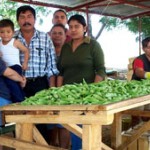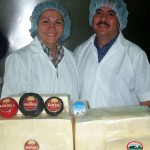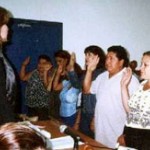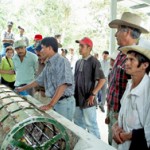
The members of the Araya family have been farming all their lives. On their 50-hectare farm they have planted a range of different crops — corn, sorghum and sesame. But these low-value products brought little return for the hard-working family.

Ulises Gonzalez is the co-owner and general manager of Lacteos Santa Martha, a family dairy in Jinotega, a town in the mountainous northern region of Nicaragua. Once a small operation, the dairy now produces a wide range of products — white cheese, string cheese, dulce de leche, manchego — thanks to a USAID capacity building program.

Nicaraguans receive an average of only 4.6 years of schooling in their lives, and just 2.1 if they live in poor, rural areas. Nearly 500,000 children between 3 and 12 are receiving no schooling whatsoever. Increasing access to quality, primary education for all children is vital to Nicaragua’s social and economic development.

Nicaragua's Criminal Procedures Code had not been changed since it was originally established in 1879. This code gave judges alone the principal responsibility for investigating and prosecuting crimes. All evidence was required to be presented in writing, and people accused of crimes had little or no opportunity to present their defense in court.

The El Gorrión Cooperative, located 100 miles north of Managua in the municipality of Yalí, was founded in 1995 by 30 small-scale coffee producers who joined forces to increase incomes by selling a greater volume of coffee. Over the decade since its founding, El Gorrión grew to include more than 500 members, achieving economic independence and self-sufficiency, and managing no less than one million pounds of raw coffee produced by its members.








Comment
Make a general inquiry or suggest an improvement.